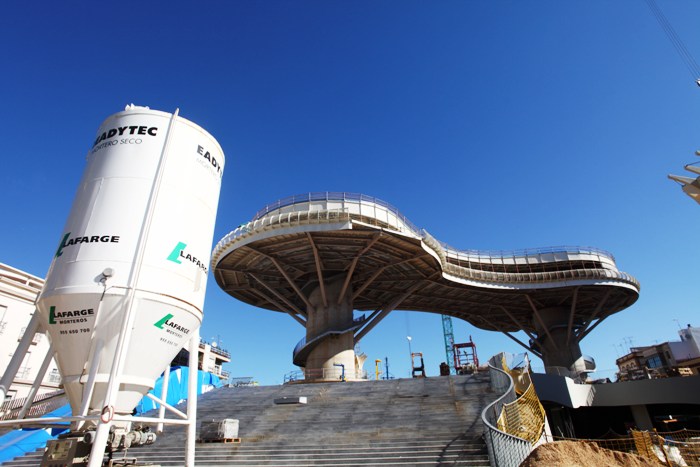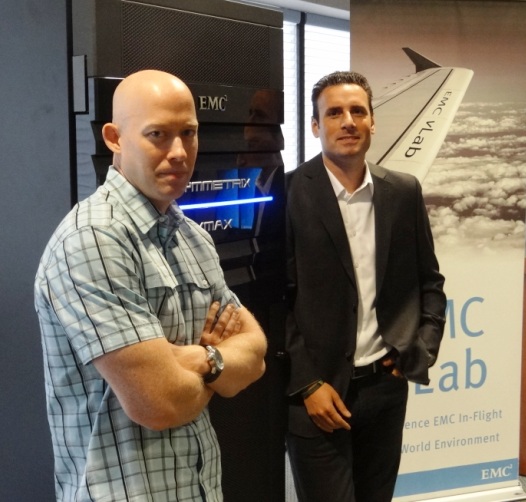When the global economy hit the skids a few years ago, many companies responded instinctually: aggressively and sometimes haphazardly slashing expenses. Looking back, however, drastic and across-the-board financial pruning may not have been the right move. Organizations that invested through the downturn in order to create longer-term efficiencies and drive innovation have emerged fiscally stronger and in better position for continued growth.
Lafarge is a perfect example of such a company. With business units in 64 countries and €15.8 billion ($20.3B) in sales, the company is a worldwide leader in building materials — principally cement, aggregates and concrete.

Needing to reduce IT costs and become more efficient, Lafarge explored options that would enable them to respond more efficiently to fluctuating business conditions while accelerating innovation. Lafarge’s previous HP, 3PAR and earlier-generation EMC storage systems were becoming increasingly costly to manage and scale, threatening Lafarge’s ability to support its rapid pace of innovation.
Lafarge embarked on a massive IT consolidation project that included eliminating their HP and 3PAR storage solutions, standardizing on EMC technologies and rolling out a fully virtualized J.D. Edwards ERP infrastructure. As a result, the company saved hundreds of thousands of dollars over 42 months and fast-tracked the development of new products and IT services. While others in the industry were struggling, Lafarge was able to avoid cutting jobs, increasing their competitiveness because of their IT savings.
When we asked Brent Wolfram, Director of Technology and Security Architecture for Lafarge Americas, how they did this, he answered with two words—“IT transformation.” Instead of maintaining many physical data centers across the Americas, Lafarge implemented a private cloud solution atop a data center metro cluster, virtualizing everything possible and consolidated them onto EMC VMAX 20K enterprise storage with Fast VP, EMC VNX unified storage and VCE Vblock converged infrastructure.
Since consolidating storage and progressing further into the implementation of their private cloud, Lafarge has reduced floor space by a staggering 72% and power usage by 54%. With fewer systems to manage, opex is down more than $500,000 and the smaller footprint saves another $150,000 in energy costs. In fact, Lafarge’s IT opex is 33% less than it was five years ago, despite the new infrastructure supporting more applications, hosting services to new business units and tiered business continuity services. Lafarge added a second data center for disaster recovery and workload mobility while remaining cost neutral. Combined, these efforts went a long way in Lafarge’s efforts to cut costs while remaining competitive in a challenging economy.
In addition, Lafarge is creating an online catalog of IT services for their business units across the globe, saving time for business units and IT staff while supporting innovation and business agility. Brent noted, “We’ve become much more agile when responding to business requests. By pushing the envelope with virtualization and IT-as-a-Service, we’re able to adjust to the changing demands of the business. With the industry recovering, we’re in a fantastic position to continue reducing our costs while helping the business grow and innovate.”
Share this story using the buttons below.


